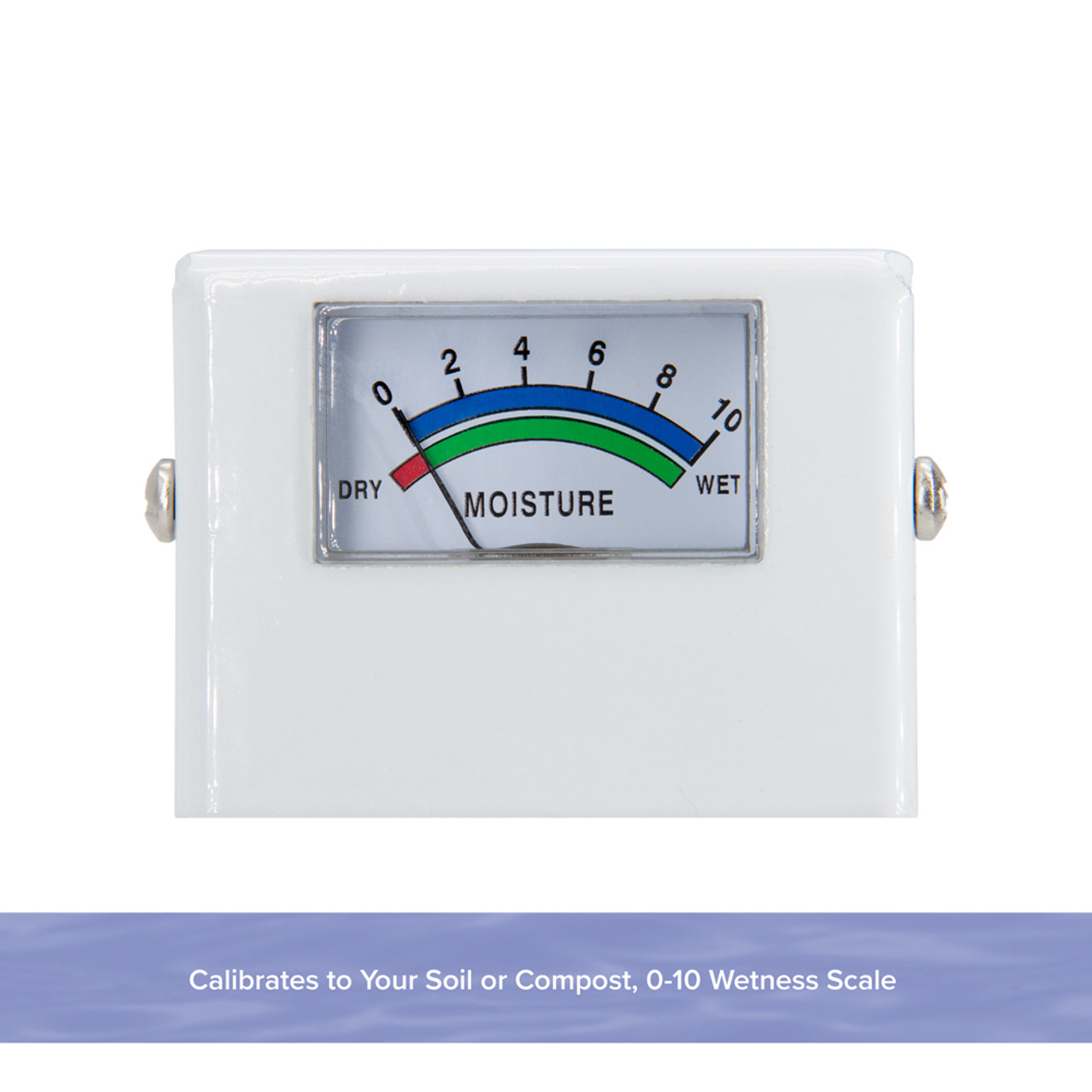Exactly How a Moisture Meter Can Improve Your Construction Tasks and Protect Against Damages
Exactly How a Moisture Meter Can Improve Your Construction Tasks and Protect Against Damages
Blog Article
Recognizing the Significance of a Moisture Meter in Protecting Against Mold and Water Damages in your house
In the world of home upkeep, the presence of moisture can often be a quiet yet formidable foe, with the ability of causing pervasive mold development and dangerous water damage if left unchecked. In the middle of the tranquil setting of a house, concealed dampness problems can make below the surface area, positioning a hazard to both residential property and health and wellness. Furnished with the right tools and knowledge, home owners can proactively combat these potential hazards. Comprehending the relevance of a wetness meter in this battle is not just a choice but a critical requirement.
Significance of Moisture Discovery
Effective wetness detection approaches are vital for safeguarding residential or commercial properties and protecting against possible mold and mildew growth and water damages. Wetness can permeate right into numerous building products, resulting in structural concerns and wellness hazards. By making use of a moisture meter, homeowner can proactively recognize locations vulnerable to excess wetness, permitting prompt treatment and mitigation strategies.
Moisture meters offer exact readings of wetness levels in different products such as wood, concrete, and drywall. This data aids in pinpointing areas of worry, even in surprise or hard-to-reach locations. Early detection of dampness build-up enables punctual repair work or adjustments to stop additional damages.

Just How Moisture Meters Job
Dampness meters play a pivotal function in the aggressive identification of excess dampness, helping in the prevention of prospective mold and mildew growth and water damage by giving accurate readings of wetness degrees in different building products. These gadgets work based on different concepts, relying on their type. Moisture Meter. Pin-type dampness meters, for instance, have 2 pins that pass through the product to measure the electrical resistance in between them. When moisture exists, it boosts the material's conductivity, causing a lower resistance reading. Pinless dampness meters, on the other hand, usage electro-magnetic sensing units to check the material without causing damage. These sensing units produce electromagnetic signals that penetrate the material and measure the dielectric buildings, suggesting dampness web content. Some progressed dampness meters incorporate both pin and pinless modern technologies for detailed moisture detection. Understanding just how moisture meters feature is essential for timely and exact moisture degree evaluations, enabling effective precautionary measures against mold and mildew and water damages.
Finding Early Caution Indicators
Upon preliminary examination of a home, identifying subtle indicators of excess moisture comes to be important in the very early discovery of possible mold and mildew growth and water damages. Water stains can signify leakages or infiltration, while peeling paint or wallpaper might be an outcome of wetness compromising the bond of these materials to the surface area. Furthermore, an increase in allergy signs or breathing issues amongst passengers might suggest the visibility of mold due to excess dampness.
Protecting Against Mold And Mildew Growth
Identifying early indication of excess dampness within a property not only enables prompt detection of potential mold growth and water damages however additionally serves as a positive measure in preventing the proliferation of mold and mildew. To effectively prevent mold and mildew growth, it is crucial to attend to any kind of sources of dampness promptly. This can include repairing leakages in pipelines, windows, or roof coverings, making certain correct air flow in wet locations like kitchen areas and shower rooms, and making use of dehumidifiers in high-humidity areas. Regularly preserving the home and evaluating's plumbing, roofing, and rain gutters can likewise help in avoiding water invasion that could cause mold and mildew development.
In enhancement to attending to moisture resources, maintaining indoor moisture degrees listed below 60% can significantly hinder mold and mildew development. Proper air flow, sufficient insulation, and using air conditioners or fans can help manage indoor humidity degrees. Keeping track of wetness degrees in areas vulnerable to moisture, such as cellars and creep rooms, utilizing a wetness meter can additionally help in very early detection of elevated dampness levels and my blog possible mold development. By taking proactive actions to avoid excess dampness and mold and mildew growth, property owners can safeguard their building and indoor air top quality.
Advantages of Regular Tracking
Regular monitoring of moisture levels in a residential property can play an essential role in preserving a healthy indoor atmosphere and stopping prospective mold and mildew and water damage. By frequently examining dampness degrees, homeowners can find any type of concerns immediately and take essential activities to avoid More Help mold and mildew development and water damage. One of the essential benefits of regular tracking is early discovery. By determining and addressing high moisture degrees beforehand, home owners can intervene prior to mold and mildew has the possibility to spread out and create. This positive method can conserve both money and time in the future by avoiding extensive mold and mildew remediation and repair service costs.
Additionally, normal monitoring allows house owners to track patterns and trends in dampness degrees with time. By establishing a standard and tracking modifications, individuals can recognize any locations of concern or prospective vulnerabilities in the home's structure. This data-driven strategy allows targeted interventions and maintenance initiatives to resolve underlying concerns before they escalate into more substantial problems. Inevitably, the regular monitoring of wetness degrees encourages home owners to secure their property, secure their health, and protect the stability of their interior setting.

Final Thought

By using a moisture meter, residential property proprietors can proactively identify locations vulnerable to excess dampness, enabling for prompt treatment and mitigation strategies.

Monitoring wetness levels in locations prone to dampness, such as cellars and crawl areas, utilizing a dampness meter can additionally aid in very early discovery of elevated wetness levels and possible mold development. (Moisture Meter)
Report this page